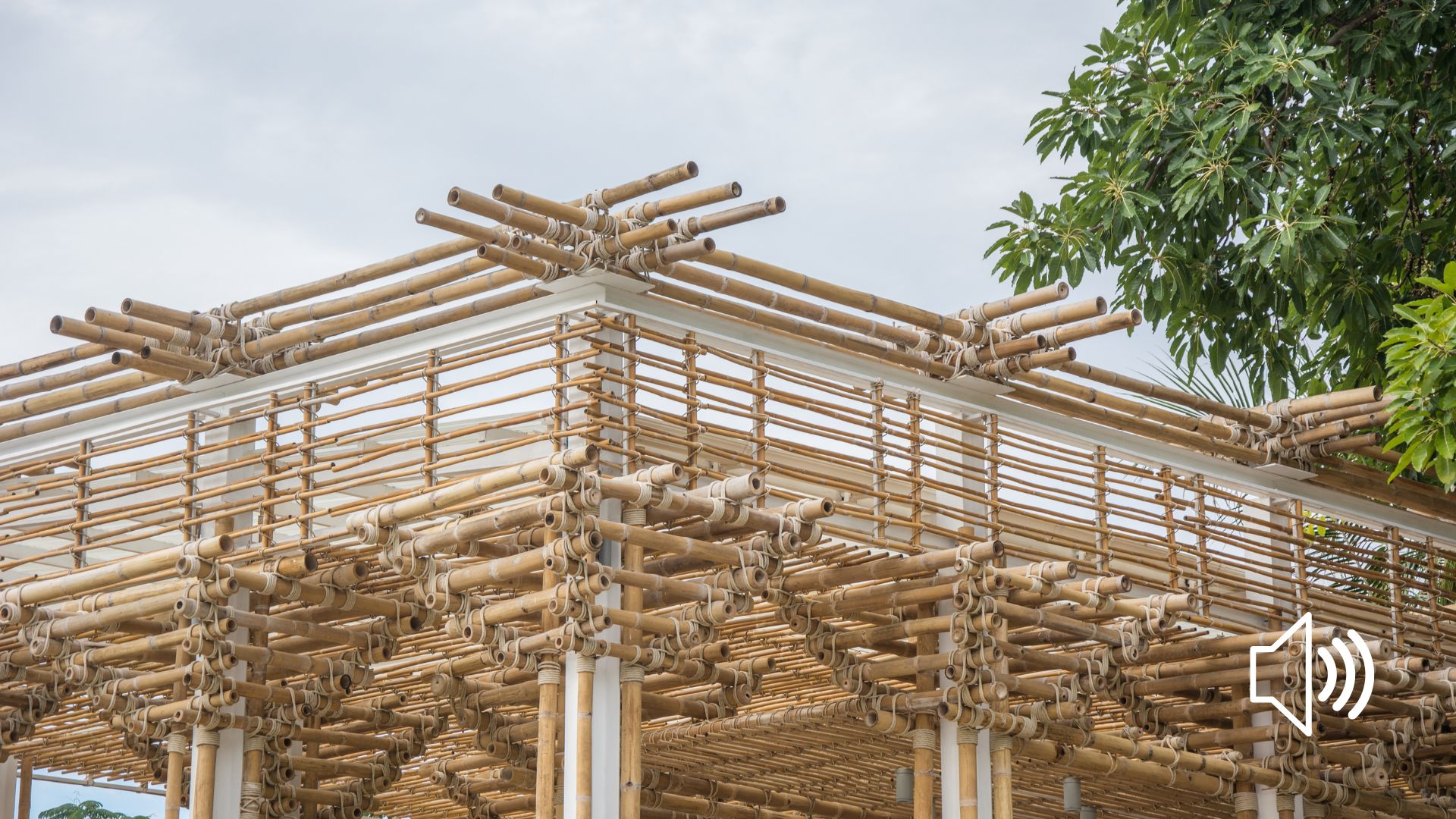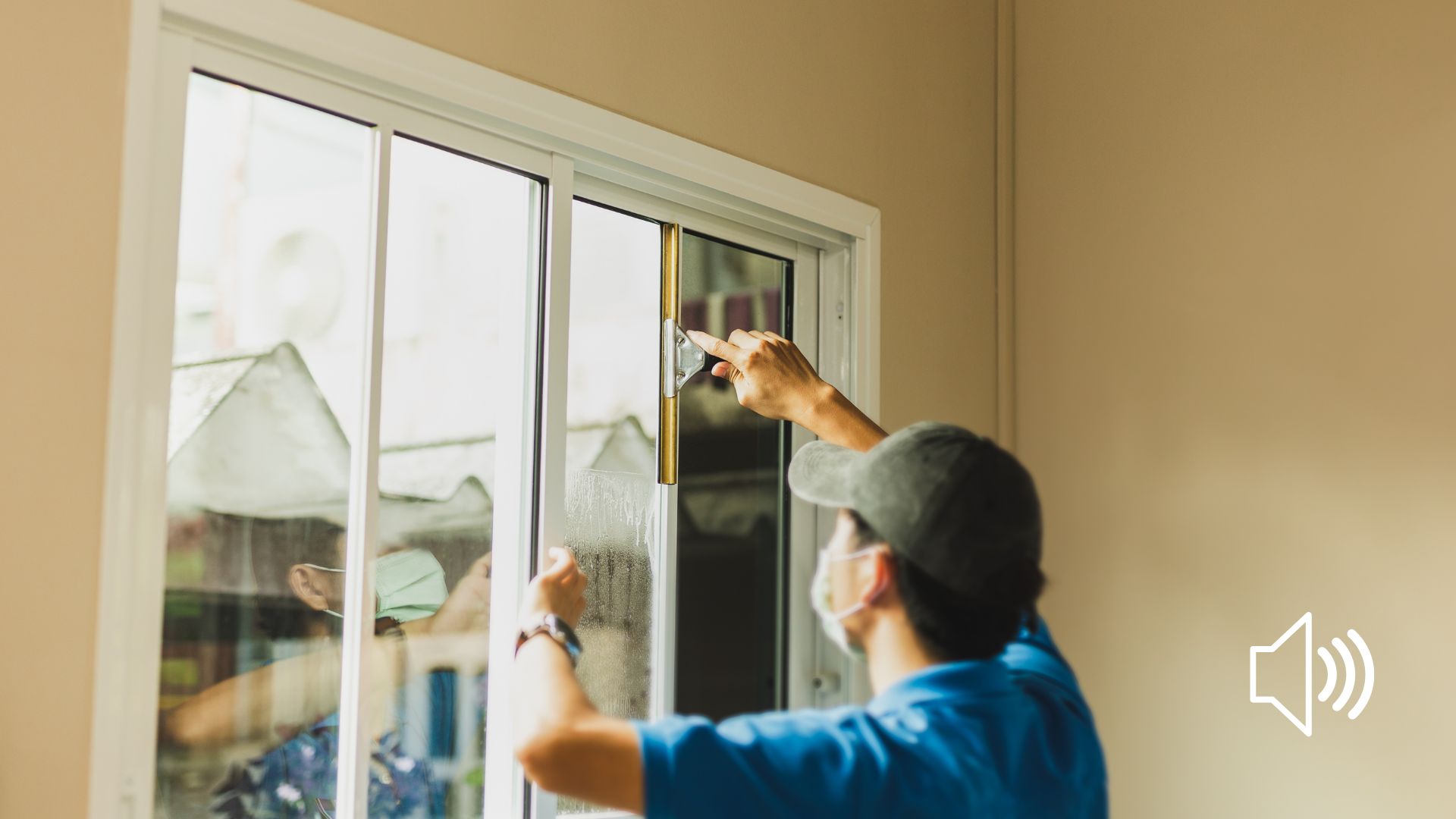When we think of green building, the first association for most people is certification. Certification of the buildings is not without reason important, because that system raised the level of knowledge and upgraded the practice of green buildings construction by offering tools for precise rating and assessment of how “green” a building is.
In addition, it is essential to understand that certification systems teach us how to be better architects because they are a sort of guide to designing and constructing green buildings.
When you decide to plunge into the world of certification systems, the most common dilemmas that arise are the following:
- What types of certification systems there exist?
- Is it important for me as an architect to have a license for a certification system, and what benefit do I gain from that?
- What are the advantages of buildings that receive one of the green building certificates?
- How much does it cost to become an authorized certification expert?
In this text, we will only briefly mention the systems of green building rating and certification tools or systems that are also often called environmental certification standards or rating systems. It is an important topic worth extra study by any architect wishing to systematize and improve their knowledge about green building. We want to repeat our belief that you don’t have to be a certified expert in designing and constructing green buildings of any type that we have mentioned before. However, having such status certainly opens new fields of activity for you.
Purpose of the building certification
Let’s first see what primary purpose the building certification systems serve. In short, like any other certification, they guarantee a certain quality and indicators predefined following some standards set by the certificate. In this case, they ensure that a building is really “green” and not just because the architect, owner, or investor say or want it to be so. Certification systems offer the possibility to measure and compare the sustainable performance of buildings by applying a set of quantifiable criteria. Before certification systems were developed, it was near impossible to compare sustainable performance from one building to another. Today, the overall certification scores make it possible to compare buildings certified under the same system, but so far, not buildings certified by different certification systems. Also, Certification systems have been highly successful in raising awareness of sustainability in the building industry.
The construction of “green” buildings is primarily more than conventional buildings, based on quantitative and qualitative parameters. These parameters are established by a certification system implemented by trained, certified experts. Where markets are more sensible and users more educated, the possession of such certificates is a matter of the reputation of the building’s owner or investor and brand promotion and a point of prestige.
The most known certification systems
Let’s see what the most known certification systems are. There is no single global system of green buildings certification, which makes it difficult to compare the buildings that have been certified, but under different systems. It is practically impossible to do so.
We will divide the certification system into two types that are most commonly found in practice. The first group consists of international certificates with consistent standards and parameters that comprehensively consider a building. In contrast, the second group includes certificates related to energy consumption in buildings generally prescribed by law in each country.
The most known international certificates are LEED (the United States, BREEAM (the United Kingdom), DGNB (Germany), HQE (France), Minergie (Switzerland), CASBEE (Japan), and Green Star (Australia). Another exciting concept is SBTool, a generic framework for rating the sustainable performance of buildings and projects. It may also be thought of as a toolkit that assists local organizations in developing local SBTool rating systems. Also worthy of attention is perhaps the youngest certification system called WELL.
The certificates mentioned above have been developed in different countries, but they have an international character because most counties don’t have their national systems set in that way. All those certification systems are voluntary, and their use is more a matter of the market, social responsibility, and branding than of obligation.
Each system has its own set of factors, areas, and parameters that are considered and rated. The more elements are included, the more comprehensive certification is. The systems differ according to the topics they cover and focus on. Some focus more on energy consumption and the building itself. In contrast, others cover a broader aspect of the use of the building, such as its relationship with the neighborhood, local community, the wellbeing and health of its occupants. However, in general, it can be said that, like sustainable development itself, all the certification systems analyze, more or less, the three main aspects, which are Environmental Sustainability, Economic Sustainability, and Social Sustainability.
We have already mentioned that we need to distinguish between certification of green buildings by using commercial certificates and the certification of energy-efficient buildings. The former is more comprehensive and considers a building holistically, its life cycle and surroundings, social and cultural aspects. At the same time, the certification based on energy consumption remains mainly within that field. In our next posts, we will deal with the calculation of energy performance of buildings, explaining what that calculation means when making decisions during the process of designing, construction, and use of the building.
Certification systems are an essential topic that cannot be explored in a single post. That’s why we have prepared a file with a comparative analysis of the seven most critical systems. Whichever you choose to study further to improve your knowledge or prepare yourself for accreditation, you certainly won’t make mistakes.
The questions you need to answer before you opt for any of these systems or decide to further research what they offer are:
- Do you want to focus on achieving the best in one area (such as energy), fine-tune the whole building, or expand your green goals over the entire property?
- What areas are covered by each of these systems?
- Do I want to certify an old, existing building or a new one that is yet to be designed?
- Can I link my practice to a specific certificate; is that certificate known and recognized on the market I work in?
- How long does the accreditation process take; can I complete the process online, or do I need to get training in one of the centers accredited for that service?
- How much does the accreditation cost, is it necessary, and how much does it cost to renew a license, and for what period?
- If my work is related to a particular type of buildings, such as schools or hospitals, is that specific system sufficiently specialized for that type of buildings?
- Does my investor prefer one specific certification system, and which of them is the best for promoting and branding their building?
In addition to the seven systems presented in the Rating And Certification Systems table [excel], we have prepared a complete list of designs created by the World Green Building Council so that you can even research some less-known standards that might be the best fit for your work.





